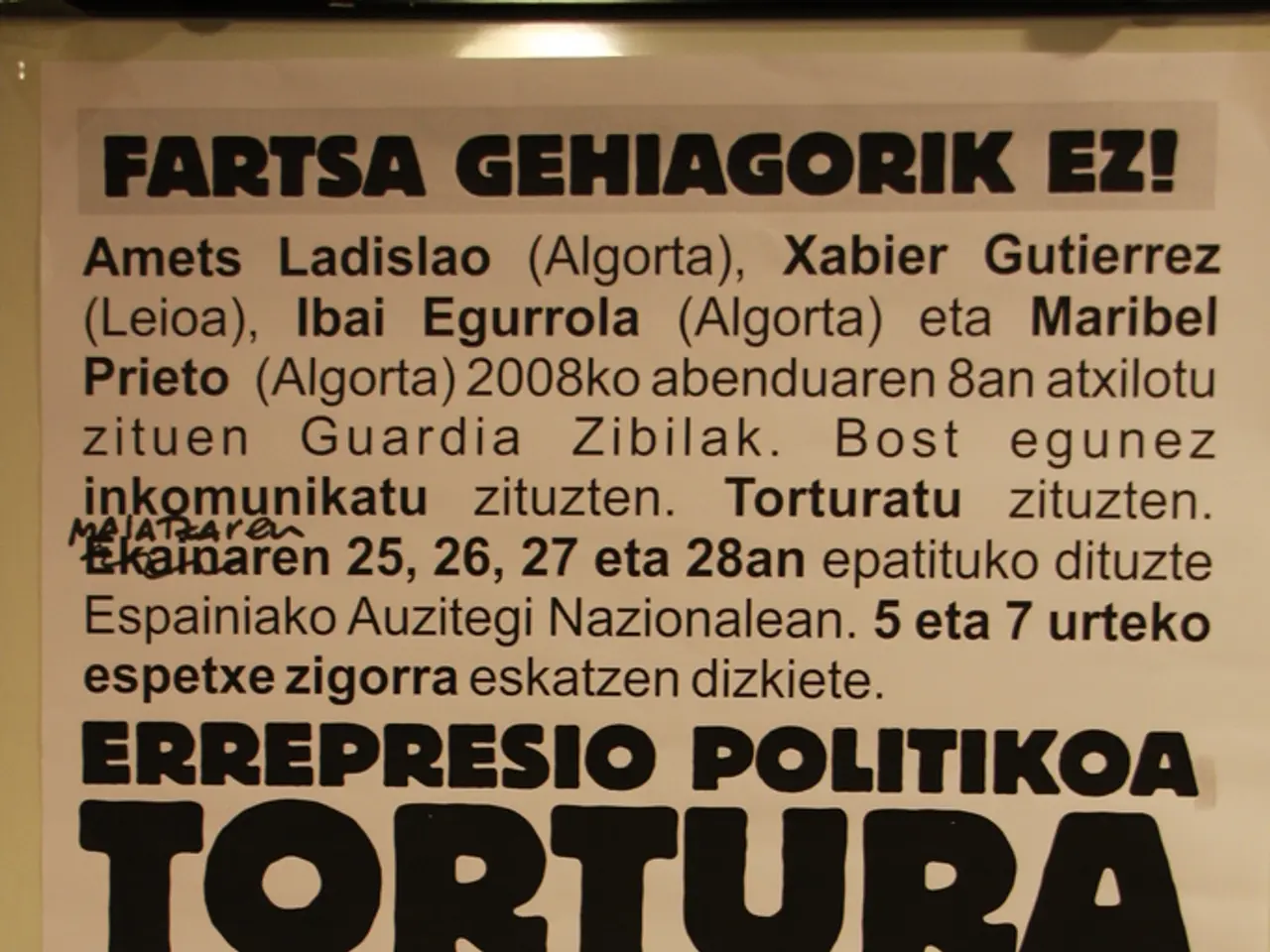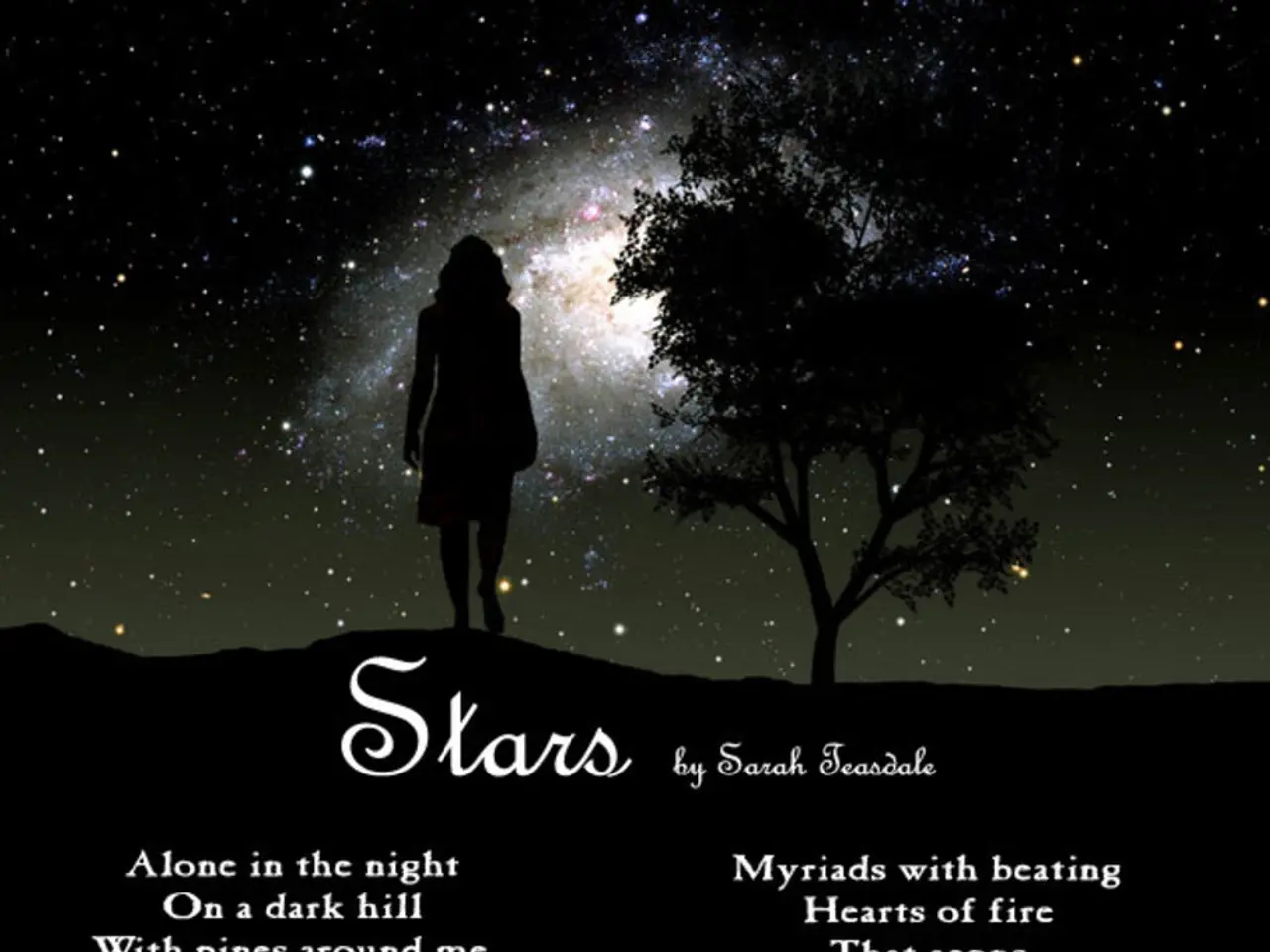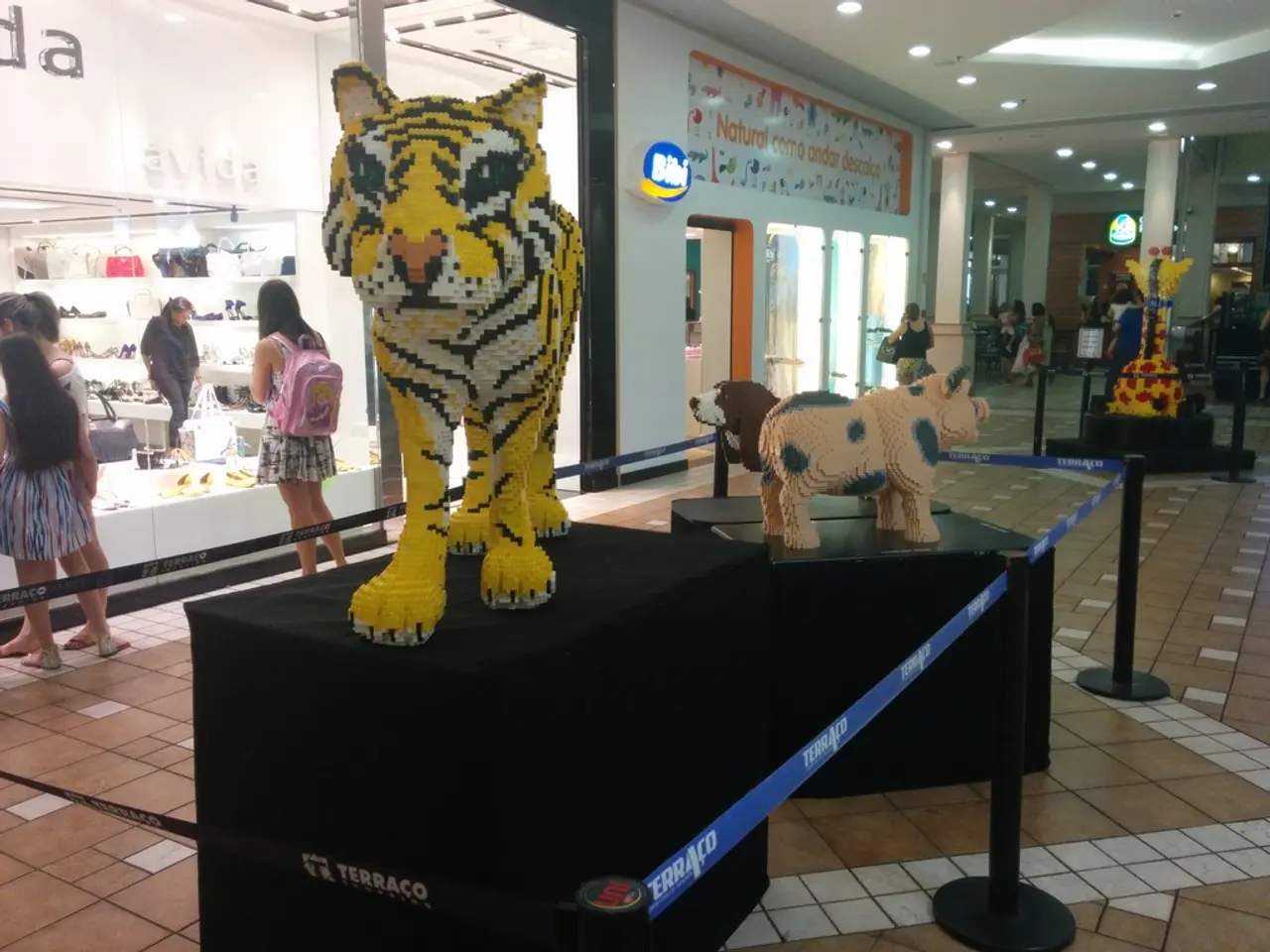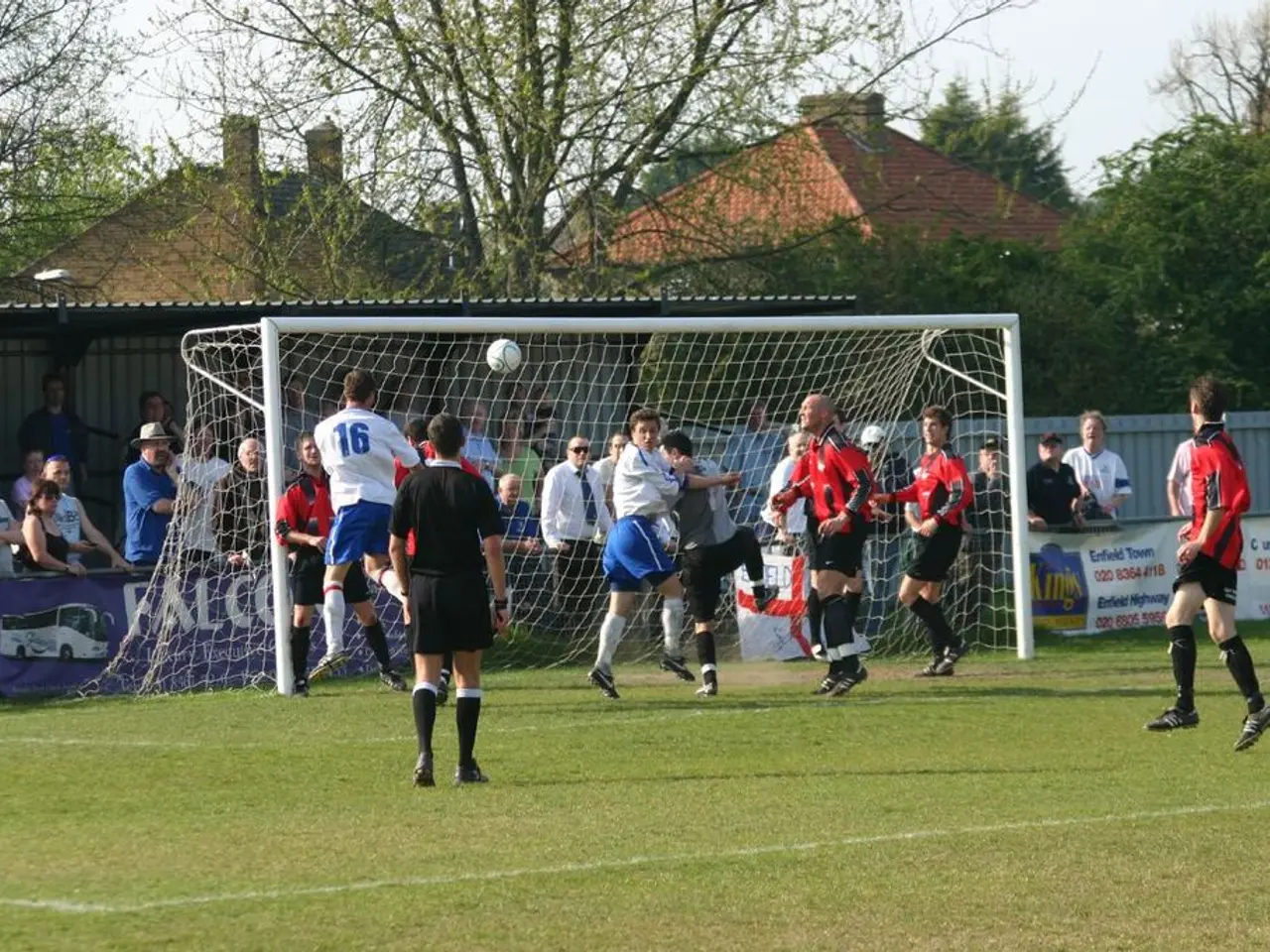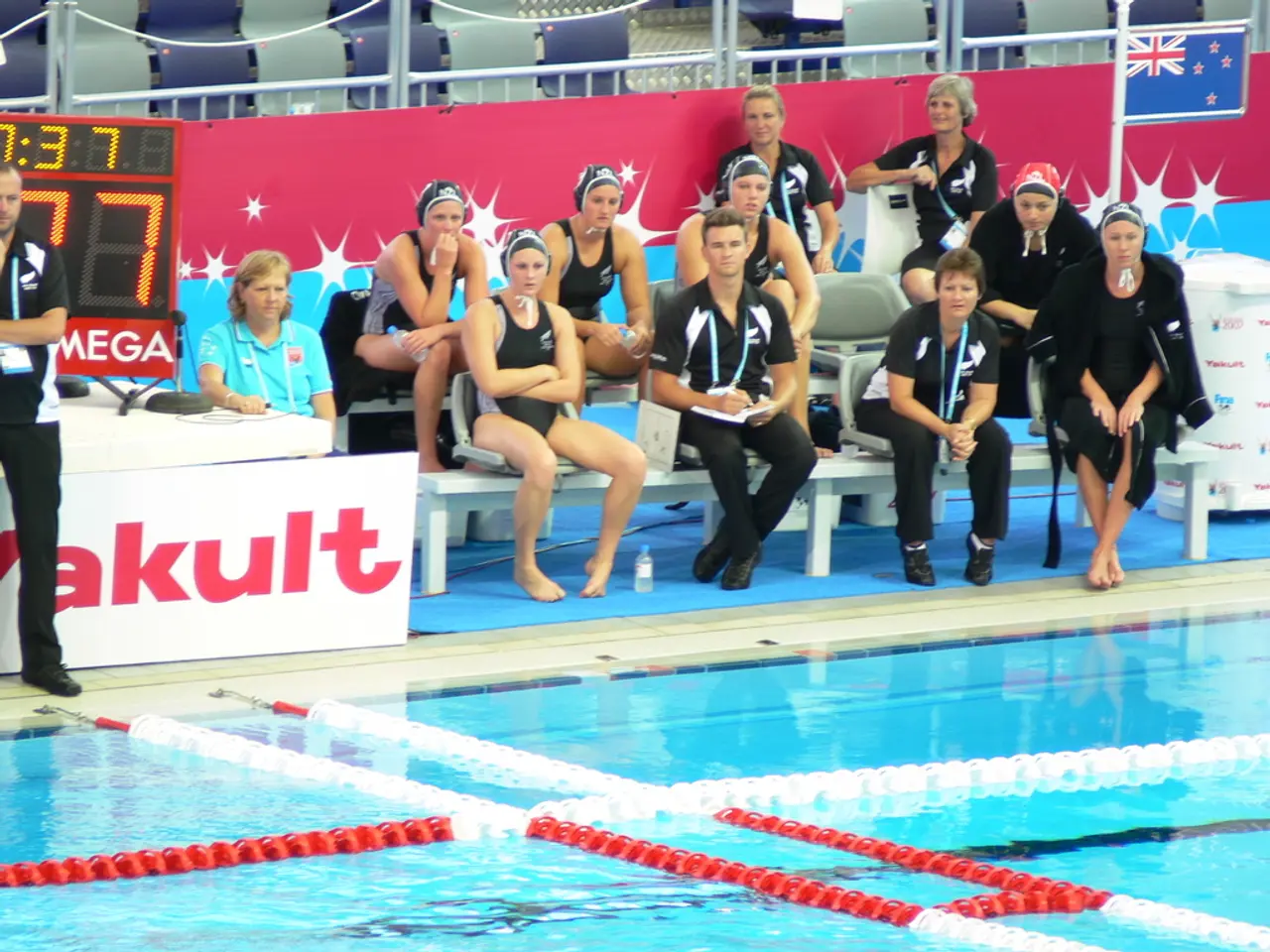Exploration of Spanish Cinema Focuses on its Female Villains
In the heart of Antwerp, the fashion museum MoMu is hosting a captivating exhibit titled "Resolucion." Curated by Beatriz Navas Valdes and Natalia Marín Sancho, the exhibit delves into the rich tapestry of Spanish cinema, focusing on the transformative role of costume and styling in women's on-screen lives.
The exhibit, as described in Marina Garcés's 2023 essay "El tiempo de la promesa," explores the defining experience of adulthood—the moment of making decisions and taking responsibility for them. A three-channel audiovisual installation catalogues pivotal moments in Spanish cinema, emphasizing how costume and styling reflect women's emotional states at these key crossroads.
Purple, the iconic colour of Spain's "fantaterror" genre, fills the screen with ghosts, witches, and demonic women who defy norms and channel untamed power. Blue and denim symbolize freedom in films by female directors from the 1970s. Red, on the other hand, signifies passion, vengeance, and blood, particularly in the works of Pedro Almodóvar.
The performances of actresses like Penélope Cruz, Carmen Maura, Victoria Abril, Sara Montiel, and Aurora Bautista are the nucleus of the exhibit, showcasing how movies have mirrored the changing reality for women in Spain over the past century.
Spain's embrace of modernity through cinema led to the co-existence of rich folklore and representations of contemporary fashion and modern aspirations. The combination of a long tradition of seamstresses with the growing professionalization of costume design in Spain led to wardrobe becoming a visual and metaphorical language of Spanish cinema.
Costume, hair, and makeup in Spanish cinema function as a visual code, especially in times of censorship or social pressure. During the Franco regime, women dressed to make a good impression or remain invisible. Later, they gradually liberated themselves by wearing jeans, reflecting the rise of feminism.
The exhibit includes scenes from films like "Jamón, Jamón," "Vámonos, Bárbara," and "Women on the Verge of a Nervous Breakdown." Spain's political landscape, particularly the fall of Francisco Franco's authoritarian premiership, significantly influenced filmmakers and costume design in the country.
Spanish costume designer Sonia Grande, a collaborator of Almodóvar's for more than 20 years, stated that fashion on screen needs to surprise, fall in love, and tell stories. The exhibit, "Resolucion," is on display at MoMu in Antwerp until 23 November 2025.
Marina Garces' essay, "El tiempo de la promesa," discusses the fear of commitment in contemporary society. The exhibit engages with the idea of "promises" as gestures reclaiming present and future and highlights how filmmakers and costume designers portray women’s lives at these decisive moments across decades of Spanish film history.
- The intriguing exhibit "Resolucion," at MoMu in Antwerp, delves into the fashion-and-beauty aspect of Spanish cinema, as discussed in Marina Garces' essay "El tiempo de la promesa," showcasing how filmmakers and costume designers use wardrobe as a visual and metaphorical language, reflecting women's lives and their decisions.
- Beyond just entertainment, the "Resolucion" exhibit in Antwerp's MoMu museum also explores the role of lifestyle choices in Spanish cinema, with the diverse use of colors like purple, blue, and red symbolizing various emotions and ideologies, contributing to the broader narrative of women's experiences and their impact on society.
